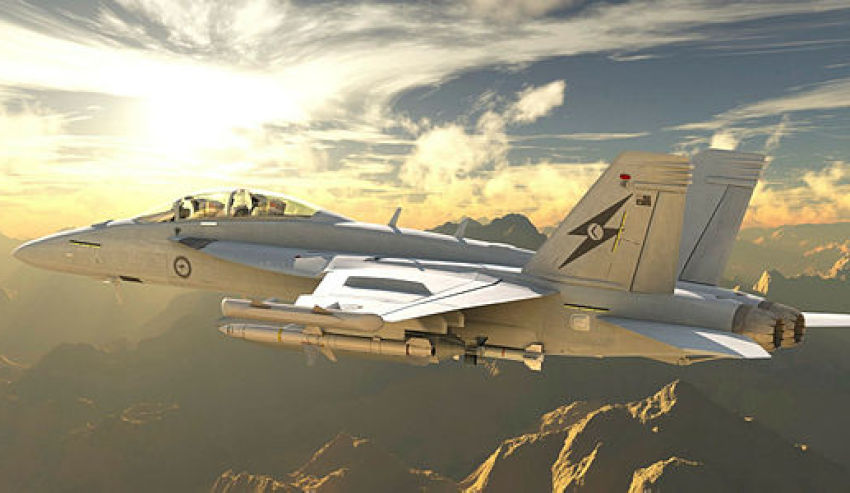For a middle power, Australia certainly has one of the best air forces in the world, with an excellent and diverse fleet of modern aircraft, good enabling and support capabilities plus a highly skilled workforce. But will that be enough in a fast changing world?
To continue reading the rest of this article, please log in.
Create free account to get unlimited news articles and more!
That will be examined at the biennial Air Power Conference in Canberra over the coming two days.
Titled Air Power in a Disruptive World, the conference will examine a range of topics including the security outlook, space, unmanned aircraft systems, cyber, energy security, climate change and the rise of AI.
The event is run by the RAAF’s Air Power Development Centre.
“Led by top international and Australian experts, we will explore how geo-political strategy, environmental change and technology-based innovation are both disrupting and driving change across every level of national security,” it says on the conference website.
“Some military organisations are well equipped to capitalise on disruption, whilst others struggle to define what the implications may be for their organisations.
“In this fast paced new world of innovation, increased global instability and new technology, we are seeking to offer a fresh perspective from which military forces might consider disruptors and drivers effecting that environment.”
Conference speakers include Defence Minister Marise Payne, Chief of Air Force Air Marshal Leo Davies and head of the Australian Strategic Policy Institute Peter Jennings.
This will be followed on Thursday by the Sir Richard Williams Foundation seminar on “the requirements of high intensity warfare”.
The foundation says most air force and military leaders in the Western world started their careers around or soon after the 1982 Falklands war, viewed as an epic of air, sea and amphibious campaign conventionally fought at the ends of the earth and at the end of an immense supply chain.
The decades that followed saw warfare in the Balkans and Middle East, and counter-insurgency operations in Afghanistan.
That was warfare very different from that planned for during the Cold War and prepared for in high end air combat exercises.
“The subsequent rate of change in global security has shocked even pessimistic observers and we face the heightened risk of high intensity, non-permissive air environments non-discretionary wars,” the foundation said on its website promoting the event.

 Login
Login







